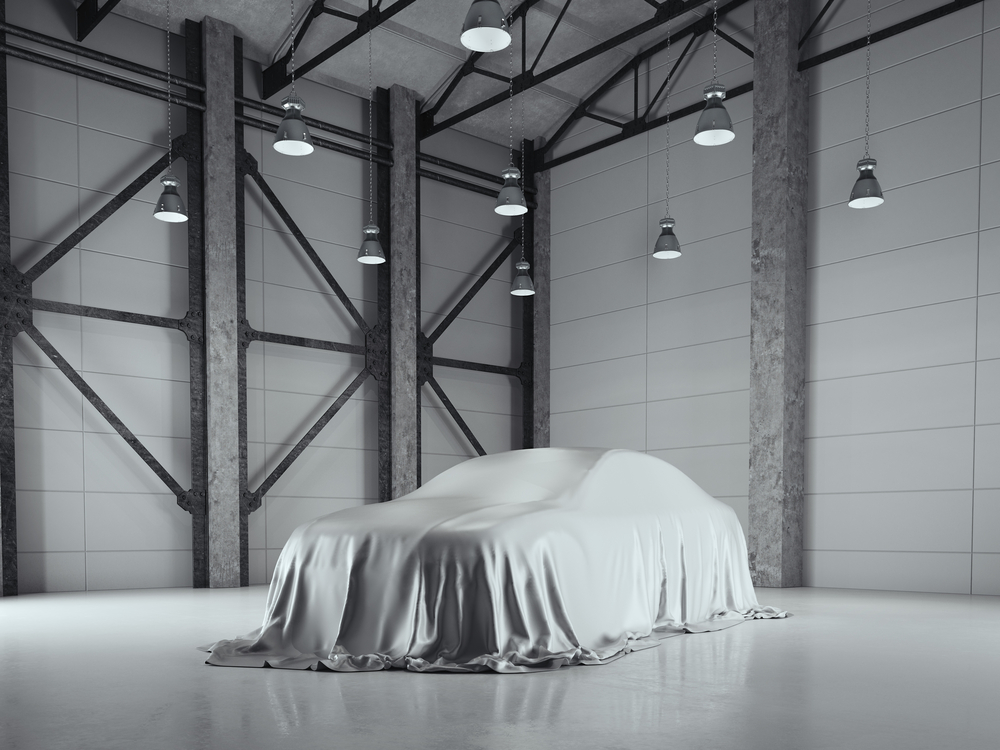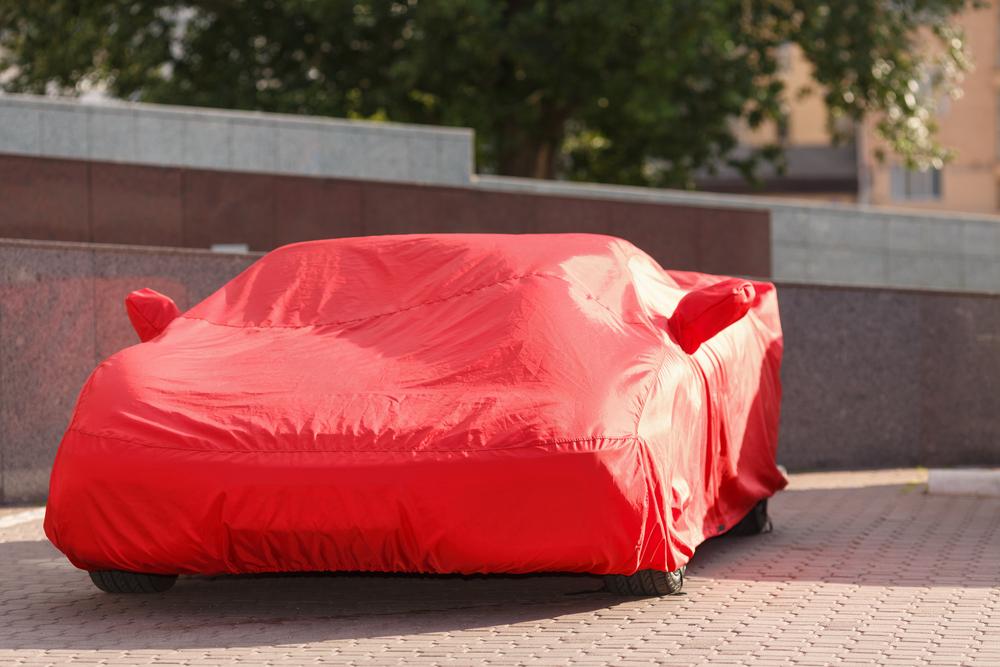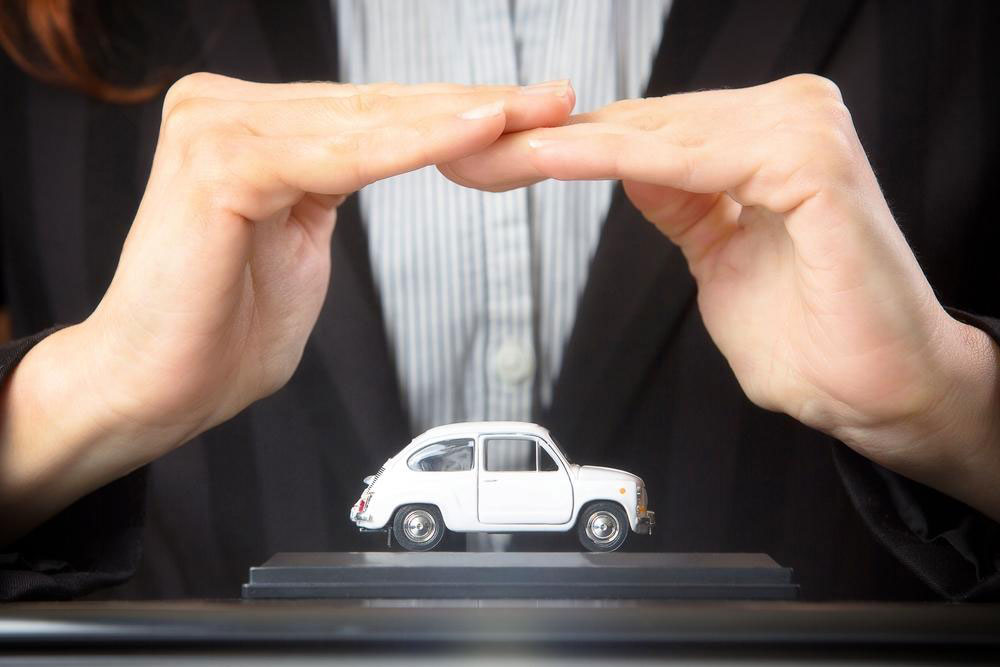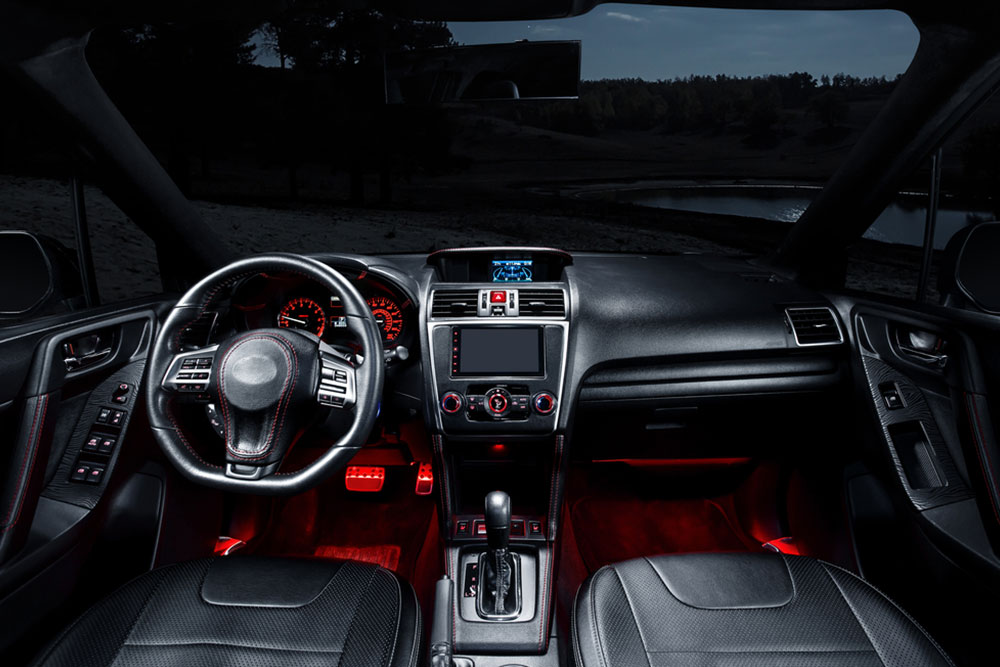Comprehensive Guide to Selecting the Ideal Vehicle Cover for Maximum Protection
Discover the ultimate guide for selecting the ideal vehicle cover to protect your car from environmental damage, pests, and accidental scratches. Learn about the best materials, fitting tips, and security features to ensure your vehicle stays in perfect condition regardless of weather conditions or outdoor threats. This comprehensive guide offers expert insights and practical advice to help you choose the right cover tailored to your environment and vehicle type, ultimately extending your vehicle's lifespan and maintaining its value.

Comprehensive Guide to Selecting the Ideal Vehicle Cover for Maximum Protection
Ensuring your vehicle remains in pristine condition requires more than just regular maintenance; it demands effective protection against environmental hazards, physical impacts, and accidental damages. Whether you own a compact car, a sleek sedan, a rugged SUV, or a spacious truck, choosing the right vehicle cover is vital for preserving its appearance and extending its lifespan. An appropriate cover acts as a shield, safeguarding your vehicle from the sun’s harsh rays, heavy rain, snow, bird droppings, pollen, dust, animal interference, and accidental scratches.
Vehicle covers are more than just fabric sheets— they are engineered with specific materials designed to tackle different external threats. Understanding the diverse types of covers and how they align with your vehicle’s needs will help you make an informed decision. The ideal vehicle cover not only fits perfectly but also offers breathability, durability, and weather resistance to ensure comprehensive protection in various climate conditions.
Many vehicle owners overlook the importance of choosing an appropriate cover based on their specific living environment and usage patterns. For example, those living in areas with intense sunlight need UV-resistant covers, while residents of regions with heavy rainfall must prioritize water-repellent and breathable materials. Custom-fit covers provide an added layer of security, ensuring that the cover conforms perfectly to your vehicle’s shape and size, thereby maximizing protection against external threats.
Let’s explore the common hazards your vehicle faces and the corresponding cover materials that can best safeguard your investment:
Sun Exposure and UV Damage
Prolonged exposure to sunlight can lead to paint fading, peeling, and deterioration of rubber seals. UV rays are especially damaging to vehicle exteriors and interiors, accelerating aging and wear. To mitigate this, UV-resistant vehicle covers are essential. These covers contain special fabrics that block or reflect ultraviolet light, effectively shielding your vehicle from sun-induced damage while allowing air circulation to prevent condensation.
In addition to UV protection, consider covers with anti-fade coatings that keep their color and protective properties intact over time, reducing the need for frequent replacements.
Moisture, Rain, and Snow Protection
Moisture accumulation from rain, snow, or dew can tarnish your vehicle’s paint and cause rusting if not properly managed. Water-repellent covers are designed to shed water effectively, but proper breathability is crucial to allow trapped moisture to escape. Breathable covers prevent condensation buildup underneath, which can damage paintwork and seals. When selecting a cover, prioritize those made from waterproof yet breathable fabrics like polyester or nylon blends with special coatings that repel water without trapping internal humidity.
Regular maintenance, such as cleaning and drying the cover, prolongs its effectiveness and your vehicle’s longevity.
Protection from Bird Droppings, Pollen, Dust, and Debris
Vehicles parked under trees face daily threats from bird droppings, pollen, leaves, and dust, which can damage the paint and obscure visibility during cleaning. Washable and lightweight covers are optimal for such environments, making it easy to remove, clean, and reinstall, thereby maintaining the vehicle’s aesthetic appeal. Using covers that are resistant to staining ensures that even stubborn bird droppings can be cleaned without damaging the fabric or your vehicle’s paint.
Implementing a cover with integrated UV protection can additionally prevent pollen and dirt from colonizing the vehicle’s surface, reducing cleaning frequency and effort.
Protection Against Kids, Pets, and Strangers
Accidental scratches, dents, or fingerprints can occur due to curious children, playful pets, or unwelcome visitors. A sturdy, thick, and durable vehicle cover acts as a safeguard against such accidental damages. High-denier polyester or heavy-duty canvas options provide excellent resistance to tears and punctures. For added security, look for covers with reinforced seams and secure fastening mechanisms to ensure they stay in place during windy conditions or active environments.
This form of protection not only maintains aesthetic integrity but also prevents costly cosmetic repairs.
Rodent and Animal Deterrence
Small animals like squirrels, mice, and other critters often seek shelter inside vehicles, especially in colder seasons. They can cause extensive damage by chewing wiring, insulation, or leaving droppings and nesting materials. Thick, secure covers form a physical barrier that discourages rodents from exploring or nesting inside your vehicle. Some covers come with deterrent features such as rodent-repellent sprays or integrated pest-repelling fabrics.
In addition, keeping the parking area clean and free of food debris minimizes attracting wildlife, reinforcing the protective function of your vehicle cover.
Choosing the Right Fit for Your Vehicle
Improperly fitted covers are ineffective and may even cause damage by rubbing against the vehicle surface or trapping moisture. To ensure maximum protection, accurately measure your vehicle’s dimensions—length, width, and height—and select a cover designed for that specific size category. Many manufacturers offer tailored, custom-fit covers that contour precisely to your vehicle’s shape, providing snug coverage that prevents the entry of dirt, water, or pests.
Attention to fit not only enhances protection but also minimizes wind displacement or shifting of the cover during inclement weather, offering peace of mind whether your vehicle is parked outdoors or in a garage.
In conclusion, choosing the perfect vehicle cover involves understanding your local environment, recognizing potential external threats, and selecting a high-quality, appropriately fitted product. The investment in a suitable vehicle cover not only preserves your vehicle’s aesthetic appeal and resale value but also significantly reduces maintenance costs over time. Whether you need protection from harsh sunlight, persistent moisture, environmental pollutants, or accidental impacts, the right vehicle cover is an essential tool for every vehicle owner aiming to maintain their vehicle’s pristine condition for years to come.





